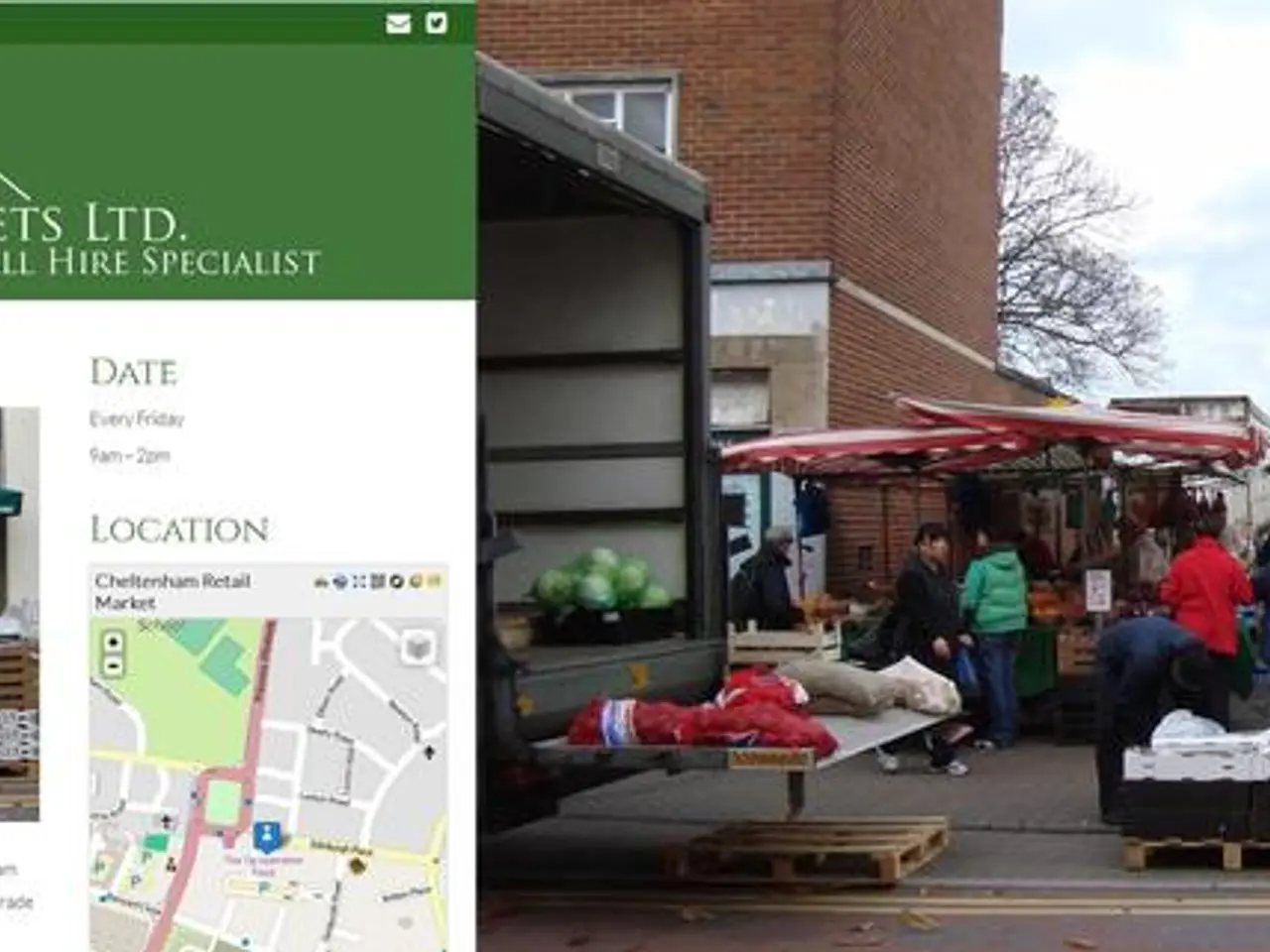Growth of Purpose-Built Rental Properties: Boom in Constructed Housing Units in the UK
Taking the UK by Storm: The Surge of Build-to-Rent Properties
The UK's build-to-rent (BTR) sector is experiencing a boom, signaling its enduring presence in the nation's property market. According to research from Inventory Base, BTR completions have skyrocketed by 16% year on year, reaching a cumulative total of 127,156 homes as of April 2025.
BTR properties, consisting of purpose-built, institutionally owned, and professionally managed residential blocks of flats, have seen a substantial increase in year-on-year completions. As of Q1 2024, the UK had 109,847 BTR home completions, and this number has risen by 15.8% by April 2025.
Siân Hemming-Metcalfe, operations director at Inventory Base, emphasized the significance of the BTR sector in the housing market, stating, "The build to rent sector represents one of the most significant evolutions that residential property has seen in an awfully long time."
This surge in BTR completions follows a series of new developments in London, including John Lewis's plan to build hundreds of homes in West Ealing, alongside a Waitrose, and ING Real Estate's successful refinancing of a 256-apartment build-to-rent property in Wembley.
Financing Fuels BTR Growth
Investment in the BTR sector has exponentially increased by around 50% over the past year. This growth can be attributed to several housing companies and institutional landlords shifting their focus towards the sector.
Notable industry players, such as the UK's largest landlord, Grainger, with £1.3bn and 4,565 homes in its pipeline, have expressed their support for the BTR sector. Berkeley Group and Hill Group have also entered the market, showcasing a collective commitment to the sector's growth.
Ian Fletcher, director of policy at the British Property Federation, noted, "There's a huge amount of investment interested in helping fund the chronic undersupply of new rental homes."
BTR homes are especially appealing due to their higher average yield in comparison to other rental properties, stemming from the novelty of the concept and the provision of amenities like gyms and concierge services.
According to Savills, the increase in the supply of more expensive rental properties should help alleviate inflation across the market due to the "ripple effect" of vacancies as people move up the housing ladder.
promises of Continued Growth
Despite current challenges such as a decline in construction activity and planning permissions, the BTR sector is expected to continue growing due to government support and ongoing demand for quality rental homes. Developers remain committed to the sector, with plans to expand significantly in densely populated areas.
With high market demand, strong yields, greater availability of finance, and the opportunity for a seamless exit, it's no surprise that more and more developers are showing a preference for build-to-rent over build-to-sell.
Enrichment Data:
Background
The build-to-rent (BTR) sector, already popular in the US and continental Europe, has been gaining traction in the UK since 2014, following government incentives and increased demand for high-quality rental homes.
BTR’s Advantages for Tenants
- Long-term, qualitatively improved rental homes: BTR properties provide high-quality rental homes with modern amenities and a sense of community.
- Longer lease terms (often 2-5 years): Tenants benefit from consistency and stability due to longer lease terms.
- On-site maintenance and management: BTR properties offer on-site maintenance and management services, ensuring a better overall living experience for tenants.
Challenges and Concerns
- Affordability: Rent prices in BTR properties can be higher than in other types of rental homes, making them less accessible for some potential tenants.
- Homogenization: The booming BTR sector could lead to the homogenization of housing, with a proliferation of cookie-cutter apartments.
- Vacancies: The slowdown in construction activities could lead to vacancies, which would impact the financial performance of BTR developers and investors.
In conclusion, the BTR sector is experiencing a surge in growth, driven by government incentives, increased demand, and committed developers. As the BTR sector matures, it's essential to address concerns regarding affordability, homogenization, and vacancies to ensure long-term, sustainable growth and provide high-quality rental options for UK tenants.
- The surge in build-to-rent (BTR) property completions is fueled by increased financing, with investment in the sector growing by 50% over the past year.
- Notable players such as Grainger, Berkeley Group, and Hill Group have expressed their support for the BTR sector, demonstrating a collective commitment to its growth.
- Ian Fletcher, director of policy at the British Property Federation, claims there's a lot of investment interest in funding the chronic undersupply of new rental homes.
- BTR homes, offering amenities like gyms and concierge services, have a higher average yield compared to other rental properties, making them particularly appealing.
- Despite current challenges like a decline in construction activity and planning permissions, the BTR sector is expected to continue growing due to government support and ongoing tenant demand for quality rental homes.




